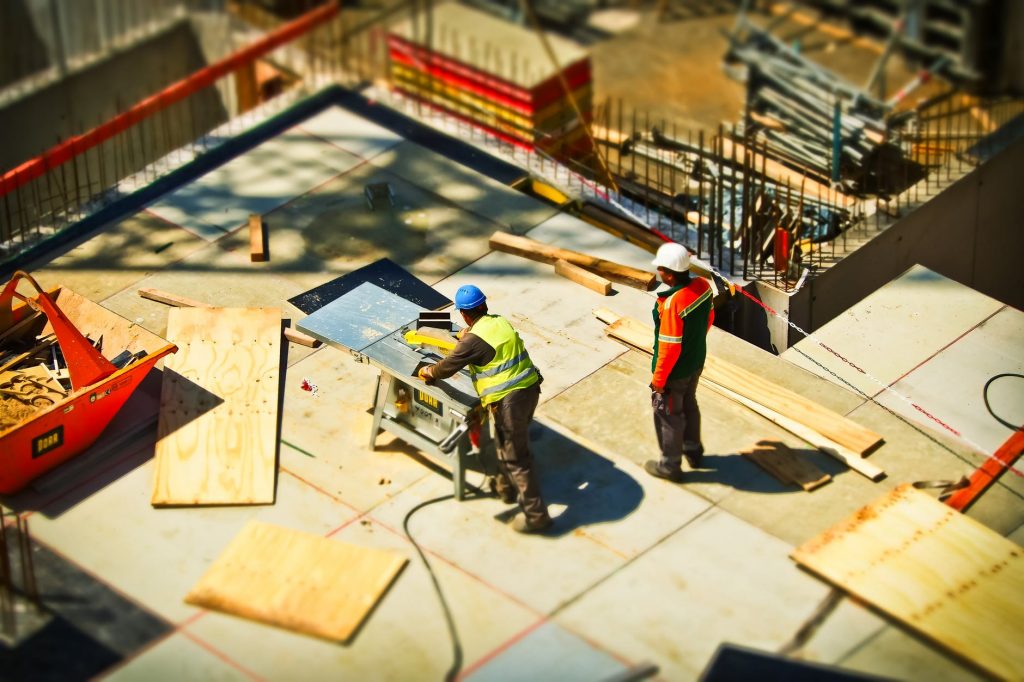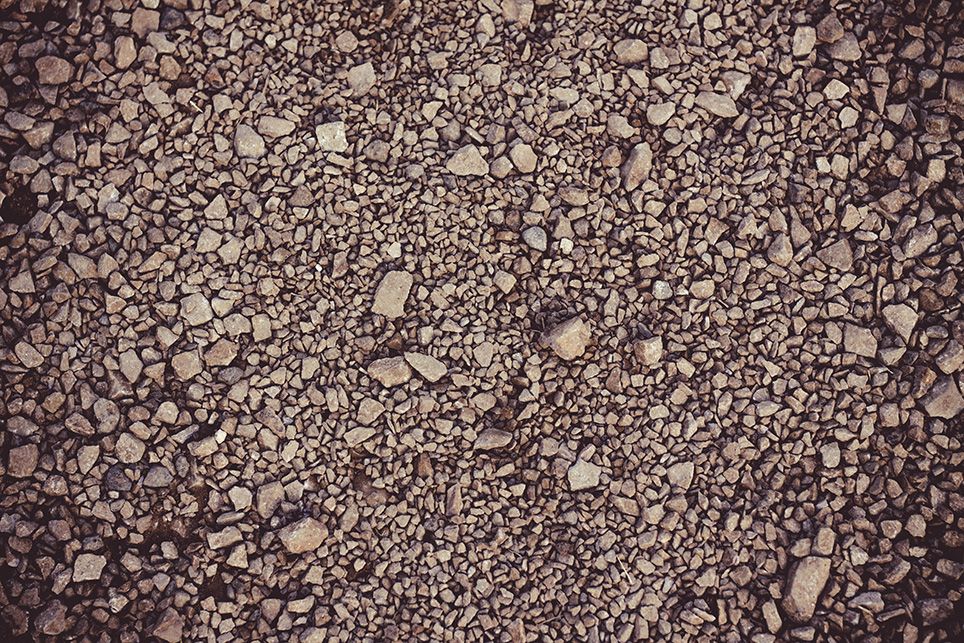If you’re an architect handling a customer’s residential project or a homeowner undertaking an extension to your house, odds are you’re going to want a geotechnical report from engineering professionals. The objective of this guide is to outline the reason and if you are going to require a report; how you and your consultants (and your builder) can gain from it; and what to look for. A few of the examples and descriptions we’ll discuss below mention the hustle and suburbs of Sydney, but the fundamentals are the same Australia-wide.
On the surface (pun intended!), a geotechnical report might just appear like a ground investigation, but a good geotechnical report is much more than that. A good geotechnical report won’t just tell you “what’s in the earth”, but it is going to make recommendations and address aspects relating to the footings; to the types of retaining walls required; that solutions are best suited to your website; the way to coast the excavation; how best to construct the essential construction elements; which excavation approaches to employ; vibration monitoring information to reduce harm to neighbouring homes; groundwater seepage issues; the layout properties and data of the underlying soils; and construction settlement advice. Yes, it’s a big record, and distinct geotechnical engineering companies in Australia charge various levels of fees, depending on their expertise, their abilities, and what they’re requested to report on.
Some of us are tempted to view geotechnical reports within an extravagance or an unnecessary cost. Nothing could be further from the truth! The construction business is perhaps the best example of “you get what you pay for” and a good, descriptive, and also fit-for-purpose geotech report should not be seen as an expense. In fact, it’s an investment in your building project that can pay massive dividends, and save thousands. For the rest of this guide, we will focus on houses, but what we are likely to share and demonstrate can also be directly applicable to commercial, institutional, and industrial projects…
All kinds of buildings from residential houses to conference venues in Melbourne are built from the bottom up, therefore the first thing needs to be created for almost any building is its foundations. Based on where you live, the foundation material your house is built on will normally be sand, clay, or rock. Or your website might encounter a combination of these. You will love that the footings of your house need to be designed so that they respond to and deal with all the behaviour of the dirt — and so different soil types need different footing solutions. This is something an engineer needs to know immediately at the onset of a project, so that s/he will design the dimensions and contour of their footings accordingly. For example:
Stone is powerful and shouldn’t give you any construction settlements, and so the footings for a home on stone are typically narrow and shallow. This is the favoured base in constructions of larger buildings such as the function rooms in Melbourne CBD.
Sand is (obviously) significantly poorer than stone, but the substance is non-reactive and so the footings are shallow and wide.
Clay is usually somewhat stronger than sand, but it can be reactive, meaning that its shape and volume shrinks and swells with changes in moisture conditions because the clay dries out or gets wet respectively. As a result of this, footings in clay might be thinner than they might have been in sand, but they’re typically much deeper, because they have to be stiff enough to deal with the falling and rising of the clay because of its volume changes in response to climatic and seasonal fluctuations.
This really is a classic illustration of what can occur when footings are incorrectly designed or were not adequately proportioned for the correct soil type. The moderately reactive clay below this wall dried out over a warm and dry summer, making it to shrink. The footing/slab layout wasn’t suitably sized to give the necessary stiffness and strength, resulting in rotation of the footing and subsequent breaking of the brickwork. It is a really common sight across Sydney.
Broadly, many of the houses in Sydney’s eastern suburbs experience sand bases, with stone usually a few meters down. However, as soon as you go west of the CBD, the great majority of Sydney’s houses will see more clay bases in 1 kind or another. The option of digging through the clay downwards to more secure stone below is sometimes an option, but you’ll need a geotechnical report to tell you if the rock is located alarmingly close to the surface that is worth to being investigated. The type of bases could also indicate how easy maintenance or repair projects are for things that are located underground. One such example being drains repair.
So — as a general rule — in case your house is from the eastern suburbs (like the northern and southern beaches), your engineer needs to understand whether your home will be based on sand, or whether rock is going to be part of the picture.
If your establishment is on the north shore, interior west, or far west, then it is not sufficient to just assume its going to be clay. The three relevant classifications are S, M, and H for Slightly, Moderately, and High React respectively, and since the reactivity of the clays increase, so too does the size of these footings.

The depth the geotechnical engineer investigates to must also be appropriate to the project. There is no stage drilling or probing to only three meters deep in sands in the event that the construction is over four storeys high and needs to be based on rock that has been sitting at four meters under the surface. You want to make certain your geotechnical consultant is given proper directions and also has a fantastic idea about what construction works are proposed.
In the same way, the geotechnical engineer ought to be commissioned to give appropriate information when it comes to shoring that’s, how to safely hold back the loose lands when you are doing a big and heavy excavation. We have seen a few reports that said that “shoring will probably be required”, but they’ve given no advice or recommendations on how that may be safely and efficiently achieved. That’s the difference between a $2,000 geotech account along with a $4,000 one.
The final thing we will say about ground investigations at this stage would be never to assume things are uniform and constant. As simple as your next door neighbour did a basement excavation to clear the tree roots in their drains and discovered rock at the same meter below doesn’t mean your website will have the same profile. We have seen too many projects where assumptions concerning the subsurface conditions were created dependent on “nearby” scenarios, only to discover that the rock dropped away at the boundary or disappeared entirely. Make sure you acquire information that is specific to your website and your project.
Geotechnical reports are not always affordable. But then good advice seldom is. Watch the video below for an example of a geotechnical report process.




